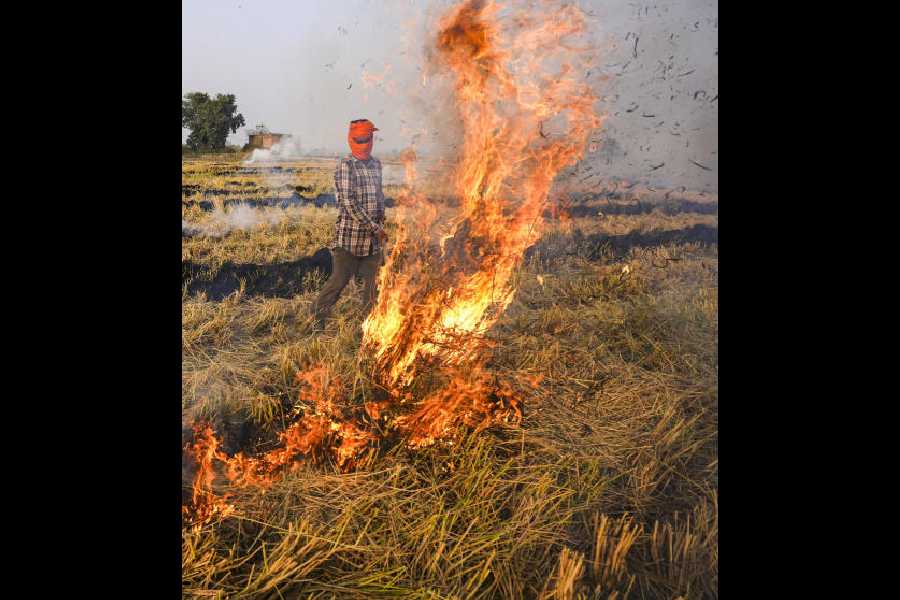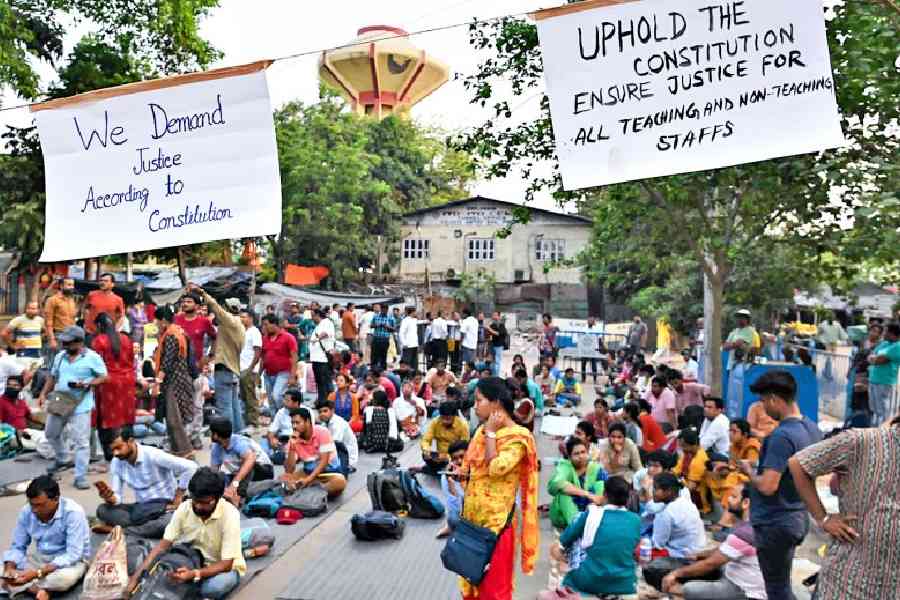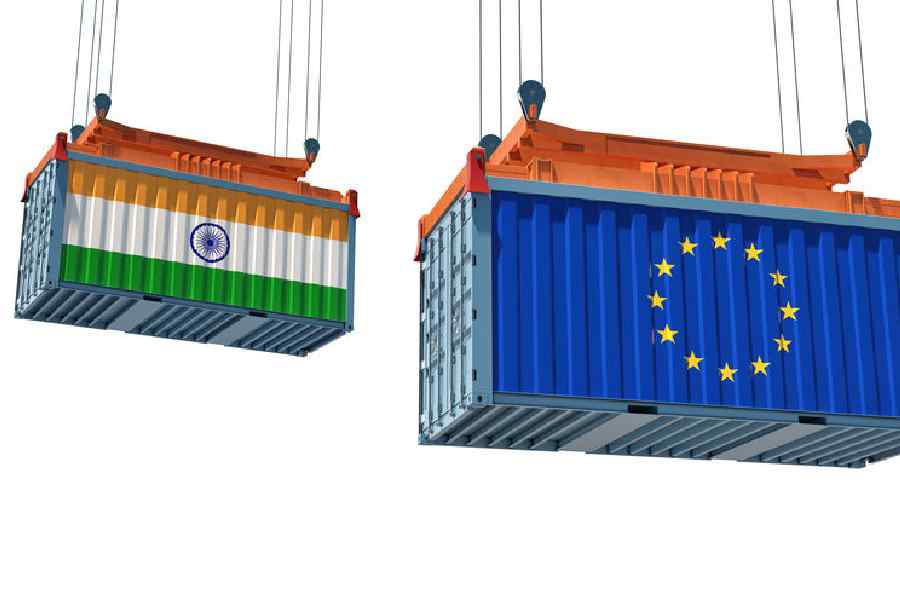A UN report published at the COP30 climate summit on Monday has identified India as a global hotspot for methane emissions from agricultural stubble burning.
Stubble burning, which generates high volumes of toxic particulate pollutants, is a key contributor to the worsening air pollution across
the country.
The report, prepared by the United Nations Environment Programme (UNEP), has found that India is the world’s third-largest methane emitter, after China and the US, producing around 31 million tonnes (mt) annually at present.
“The G20 group of countries, including India, emits 65 per cent of global emissions,” a UNEP expert told The Telegraph after the publication of the report.
The annual global methane emission is estimated at 360mt at present.
Copies of the UN report and the analysis by Climate Trends and Climate Analytics are with this newspaper.
The report warned of rising global methane emissions, but expressed hope that the situation was likely to improve by 2030.
“Reducing methane emissions is one of the most immediate and effective steps we can take to slow the climate crisis…. (It) also reduces crop losses, essential for both agricultural productivity and food security,” said Inger Andersen, an under-secretary-general of the United Nations and executive director of the UNEP.
India is mainly affected by livestock-linked emissions, both enteric fermentation in ruminant animals and the management of manure, and rice cultivation. But emissions from burning crop residue have turned the country into a major hotspot.
“India is associated with waste management challenges that can… raise methane emissions,” the UN report stated. A detailed analysis of the report shows that methane emissions from waste burning rose from 4.5mt in 1995 to 7.4mt in 2020, a growth of 64 per cent.
In contrast, global methane emissions from waste burning increased 43 per cent to 80mt in 2020 from 56mt in 1995.
“The new evidence reconfirms the importance of co-benefits from controlling stubble burning in our states. This episodic pollution from seasonal farm fires not only increases heat-trapping methane gas and contributes to warming but also co-emits harmful tiny particles and other toxins that harm our health,” said Anumita Roychoudhury, an air pollution expert at the Centre for Science and Environment (CSE).
“We need a focused programme to curb this problem across all the affected states to eliminate these pollutants for both clean air and climate change mitigation,” the
expert added.
“India emitted about 31mt of methane in 2020, accounting for 9 per cent of global emissions, while the country’s agricultural methane emissions contribute 12 per cent of global agricultural methane, making it one of the highest shares worldwide,” the report pointed out.
It also states that rice methane emissions in India are projected to increase by 8 per cent between 2020 and 2030.
“India does not identify actions to reduce emissions from its largest methane source (agriculture) in its Nationally Determined Contributions (NDCs),” the report claimed.
India's counter
On Monday, India came under pressure at the COP30 summit for not submitting the NDC, a mandate under the Paris Agreement linked to emission-cut commitments, despite the expiry of the deadline.
India sought to portray its climate performance during recent years in its submission during a high-level segment deliberation.
“India’s emission intensity has declined by over 36 per cent since 2005. India’s non-fossil fuel-based energy capacity, currently around 256 gigawatts, accounts for more than half of its total electric installed capacity — an (earlier) NDC target achieved five years ahead of the schedule,” said Bhupender Yadav, minister of environment, forest and climate change.
The minister claimed that “the International Solar Alliance and the Global Biofuel Alliance have become global platforms” besides drawing attention to the “newly launched Nuclear Mission and Green Hydrogen Mission” and the planting of 2 billion trees to arrive at the net-zero emission status by 2070.
The minister did not make any timeline commitment on the submission of the NDC, but said that India would be “declaring… revised NDCs till 2035 and also the first Biennial Transparency Report”.
India, in its statement, sought to turn the tables on developed countries by demanding that they “must reach net zero far earlier than current target dates, fulfil their obligations under… the Paris Agreement, and deliver new, additional, and concessional climate finance estimated to be trillions of dollars”.










